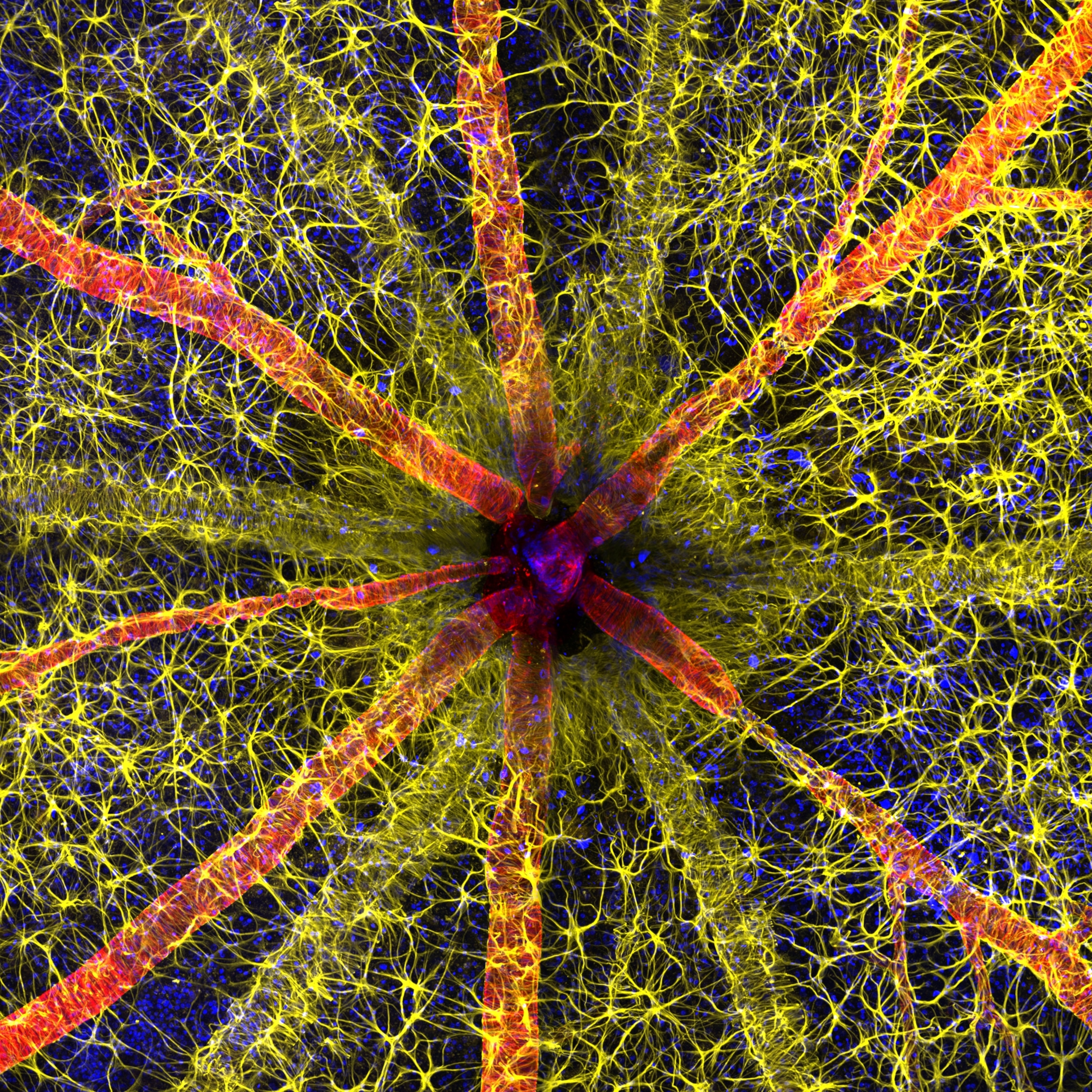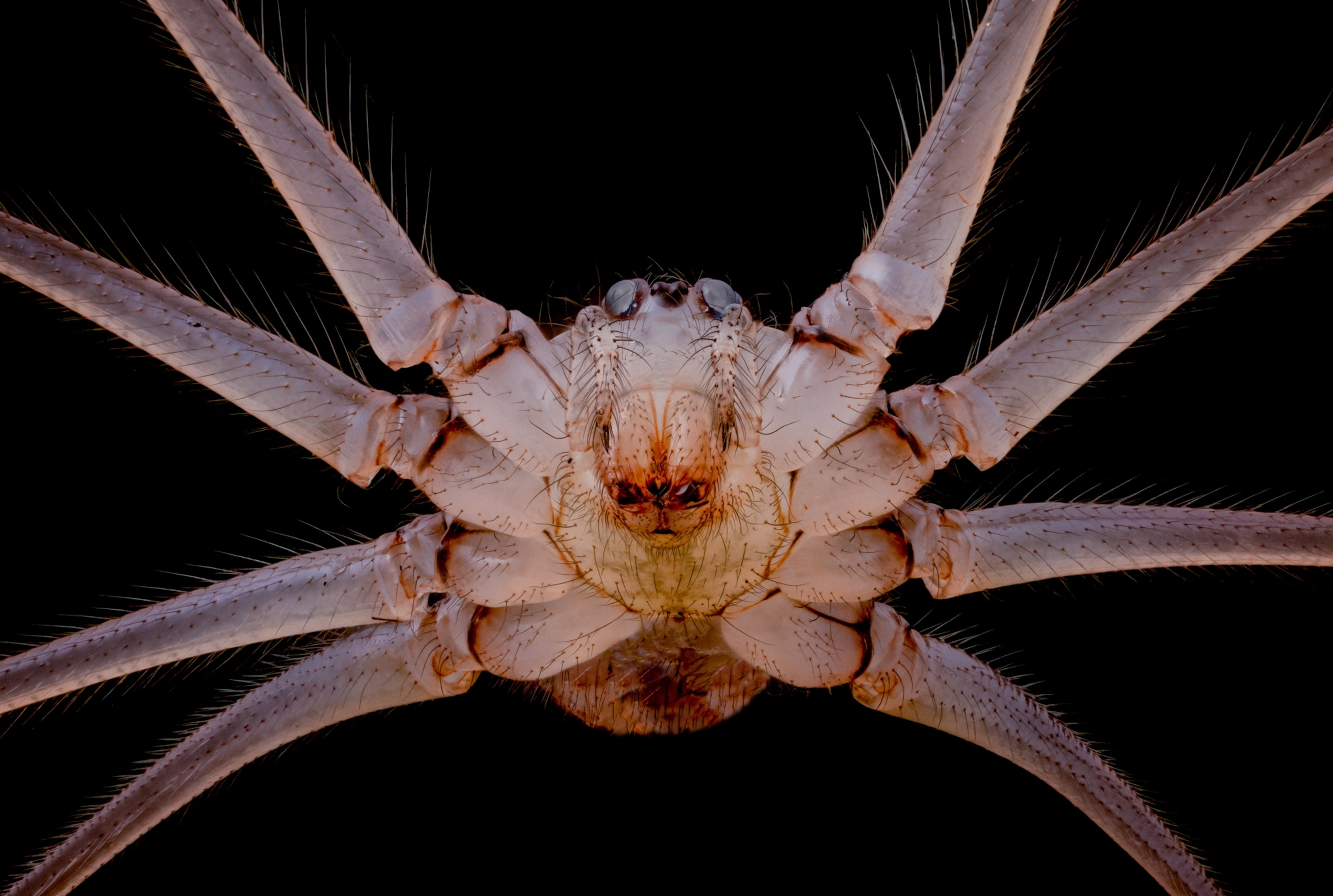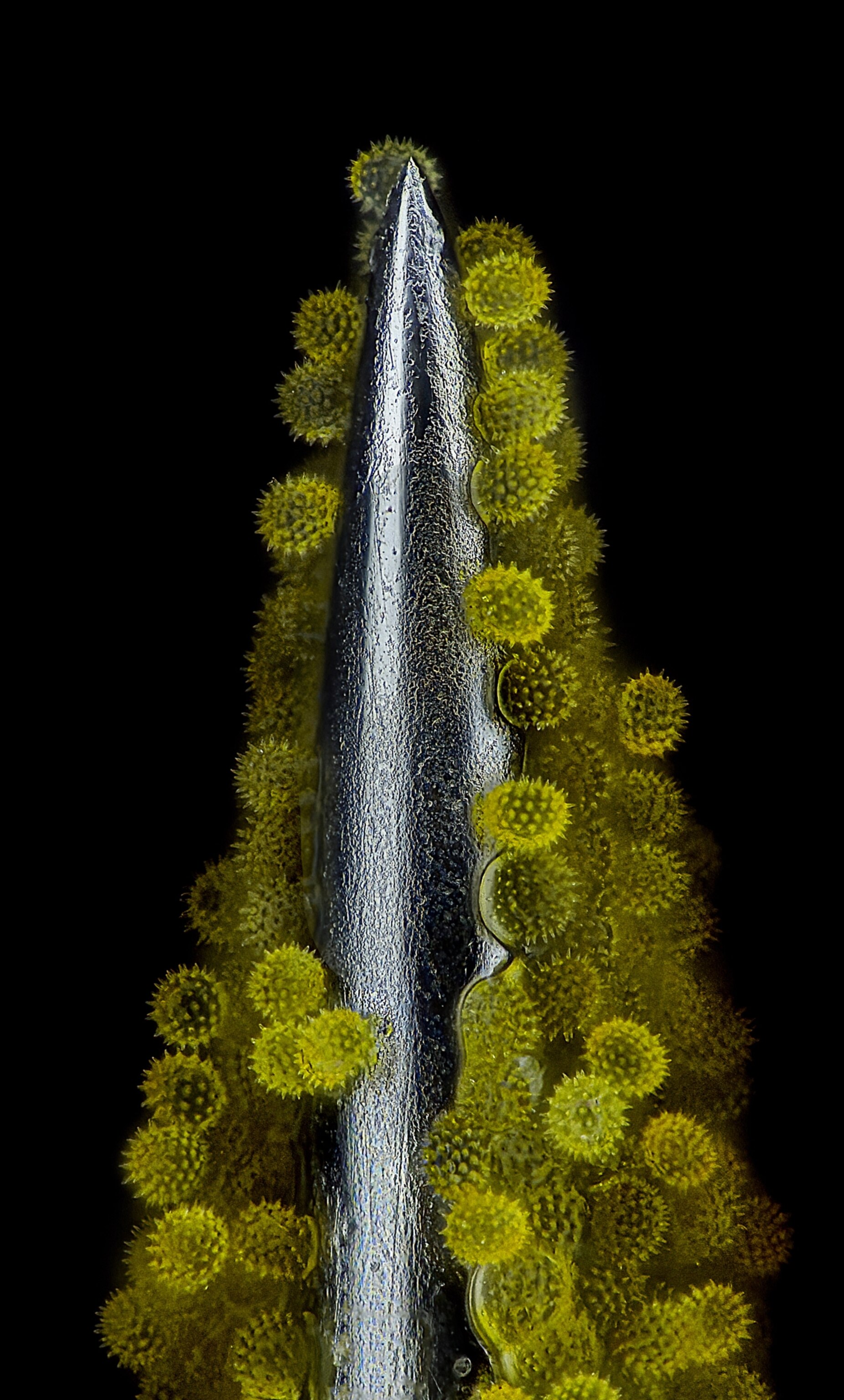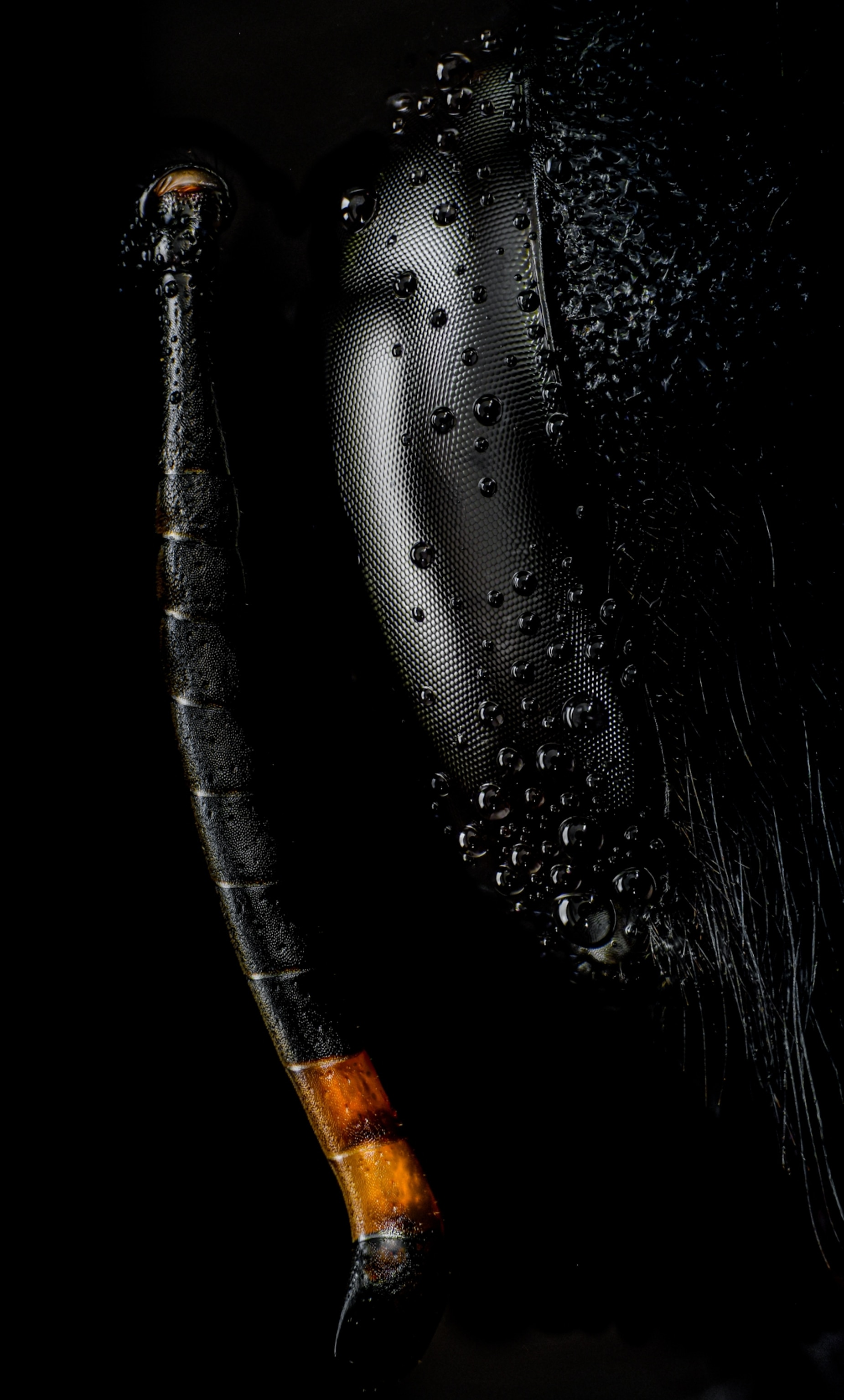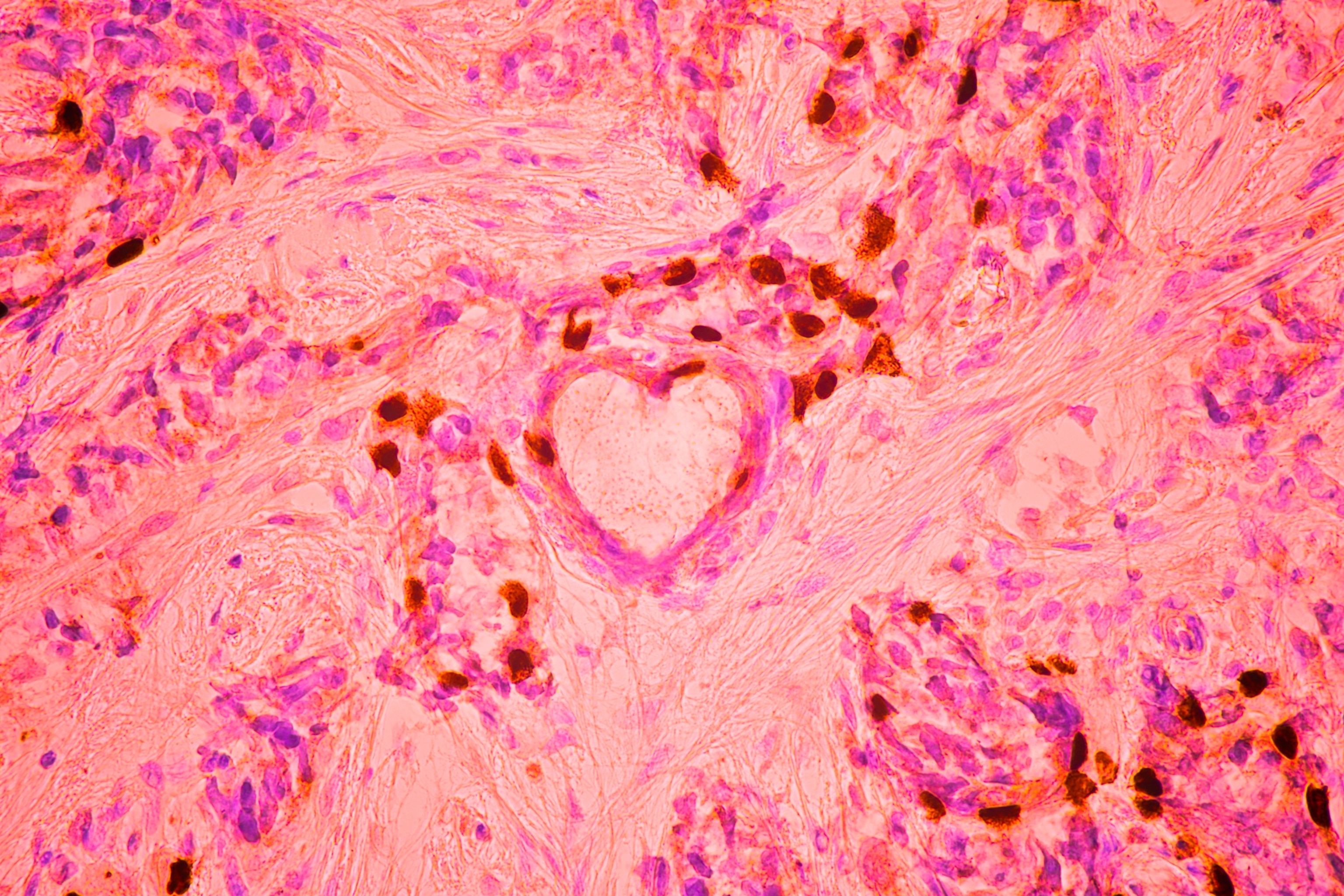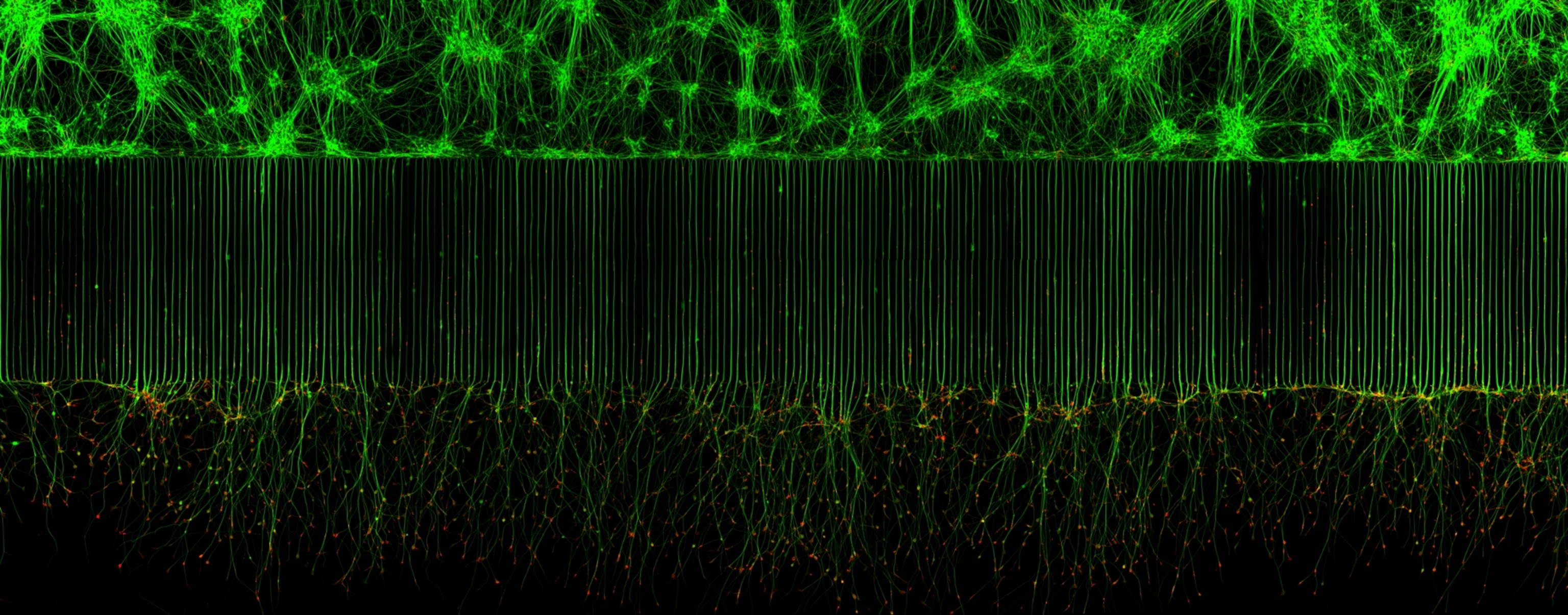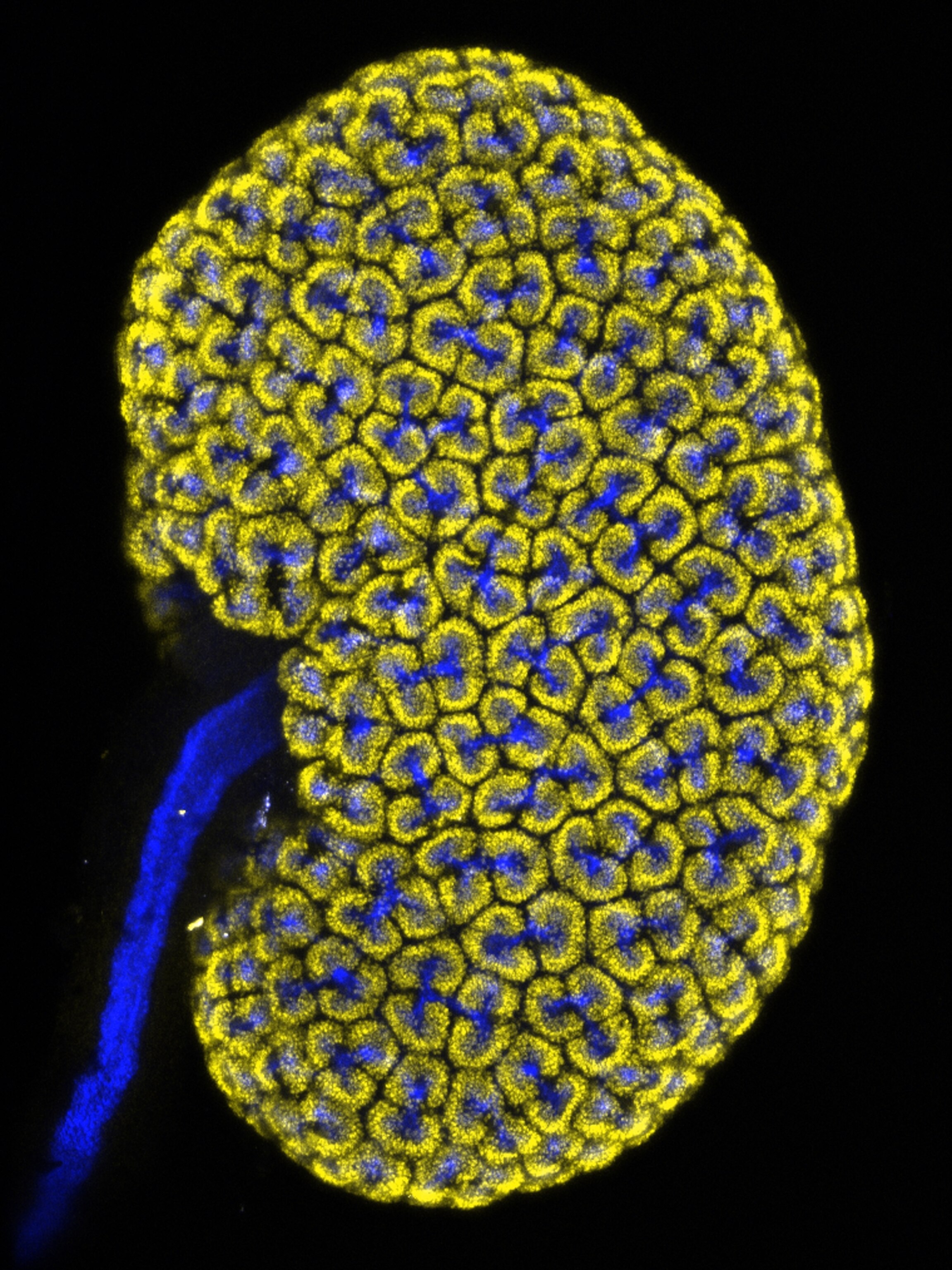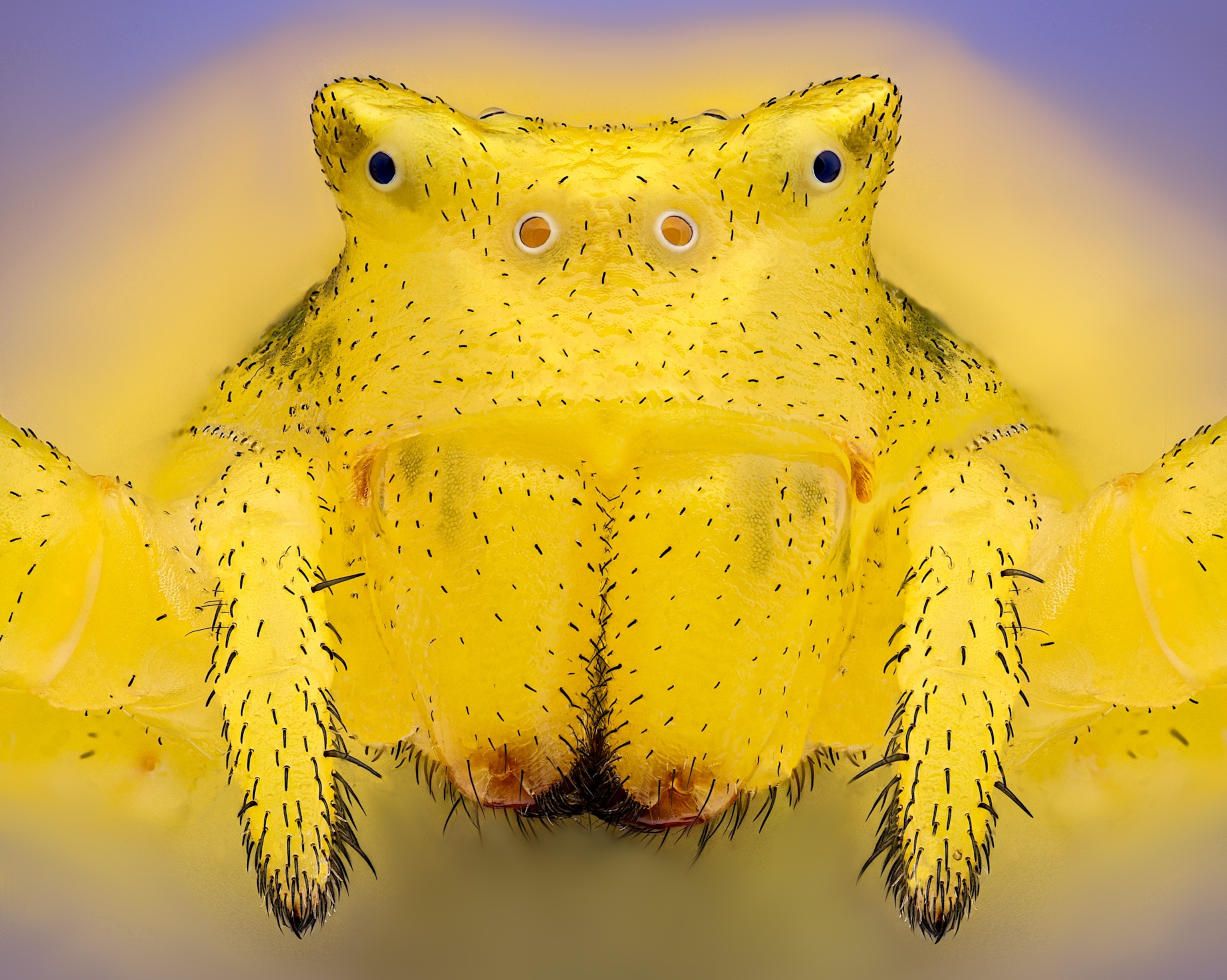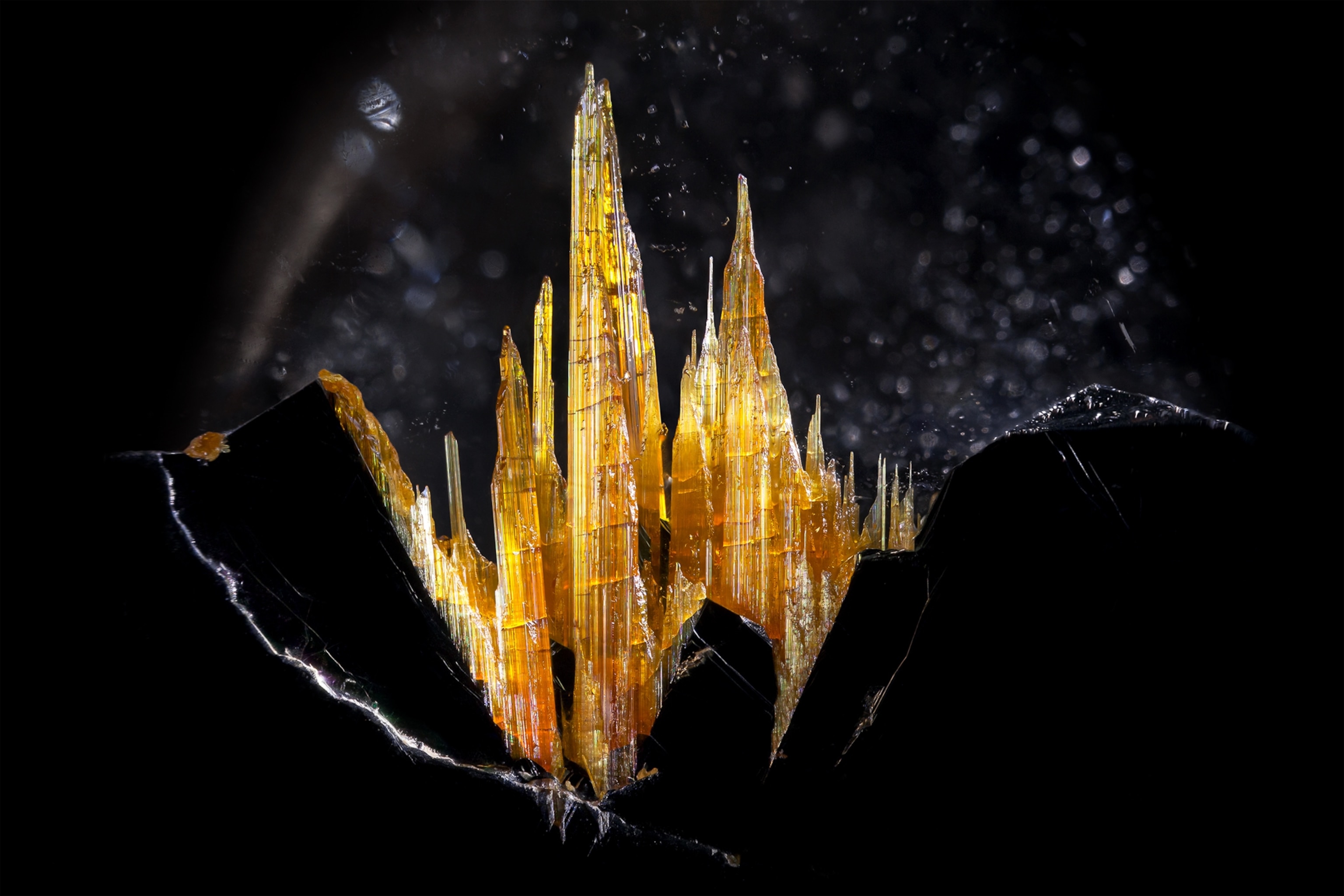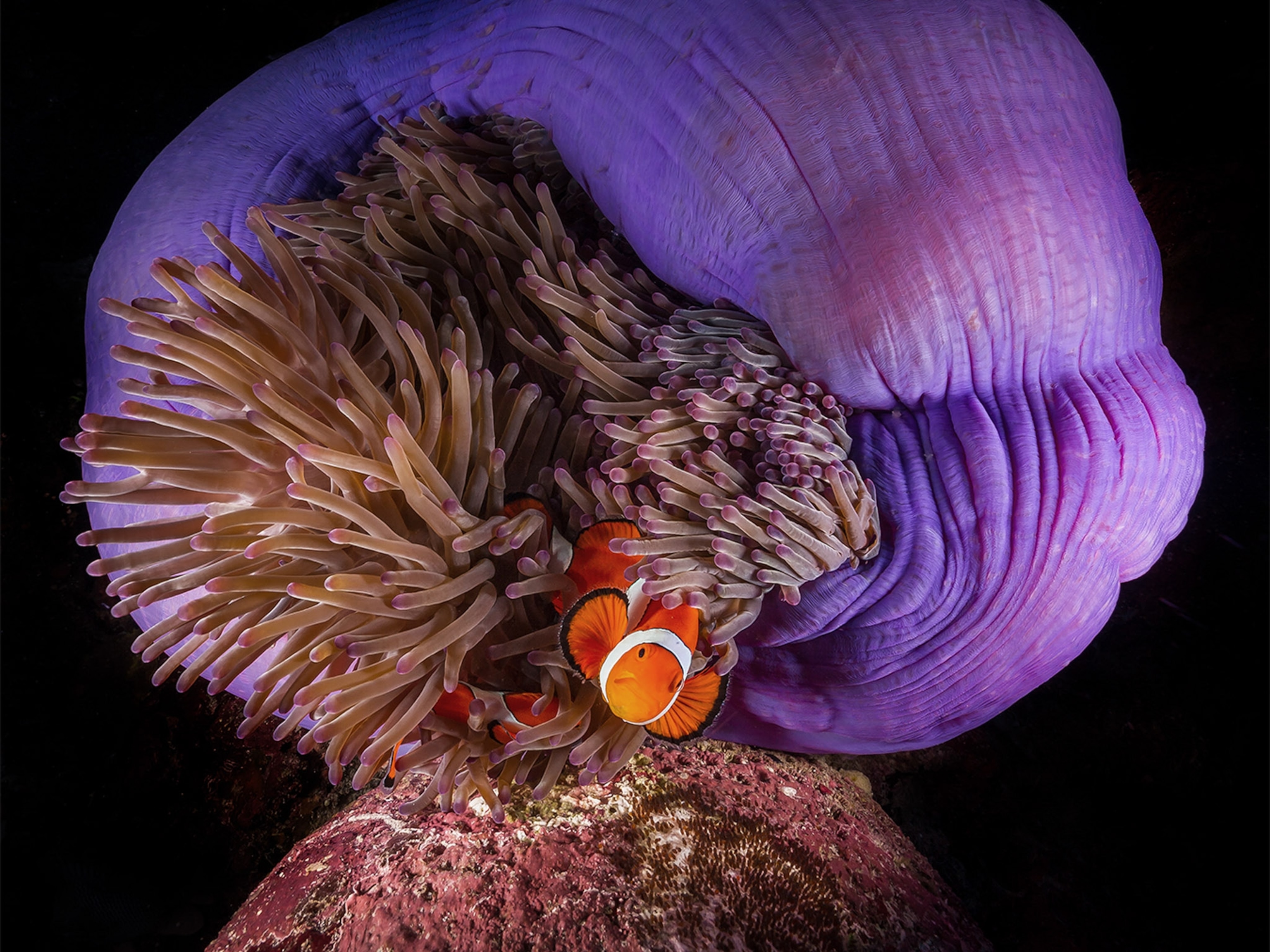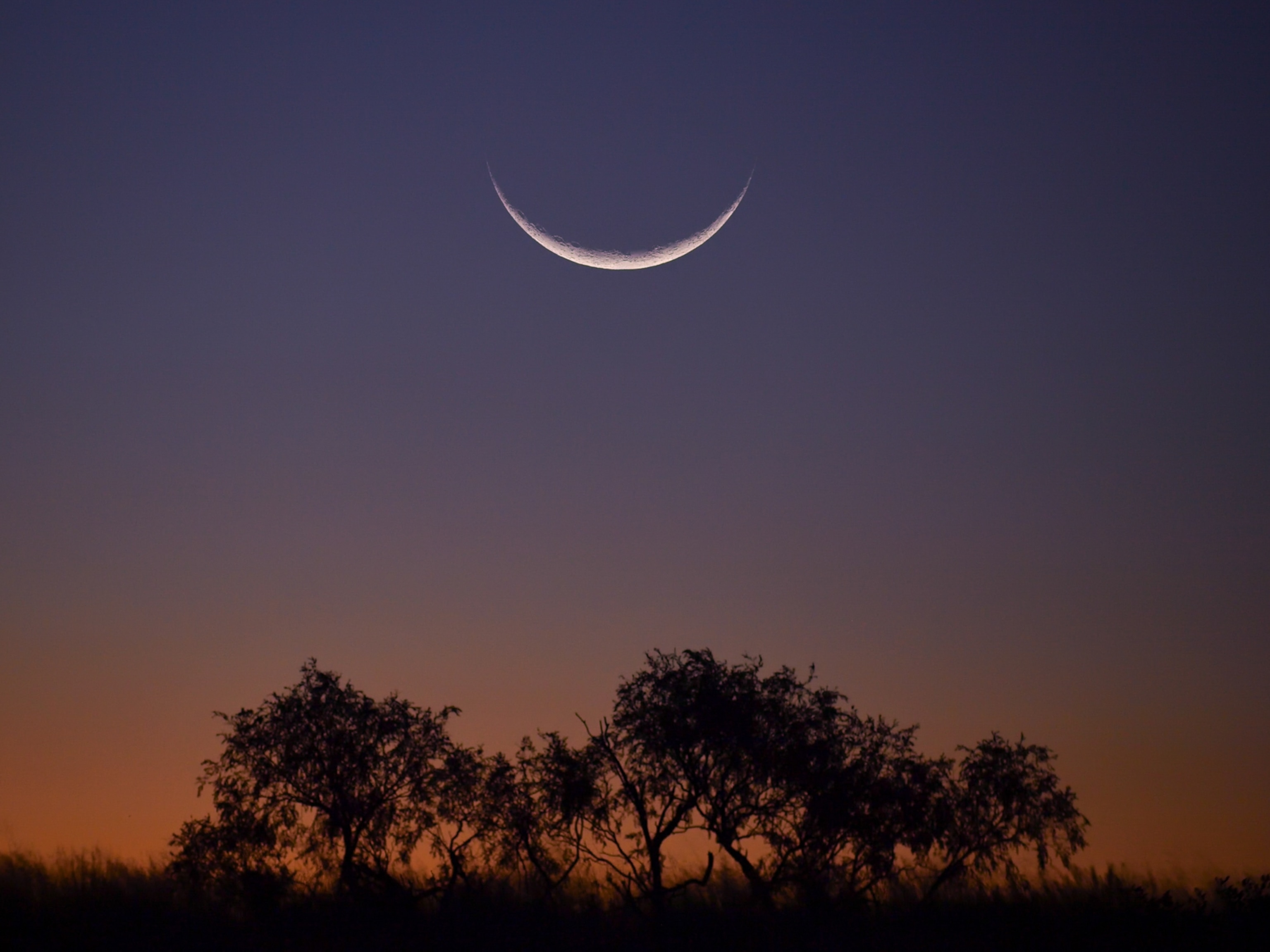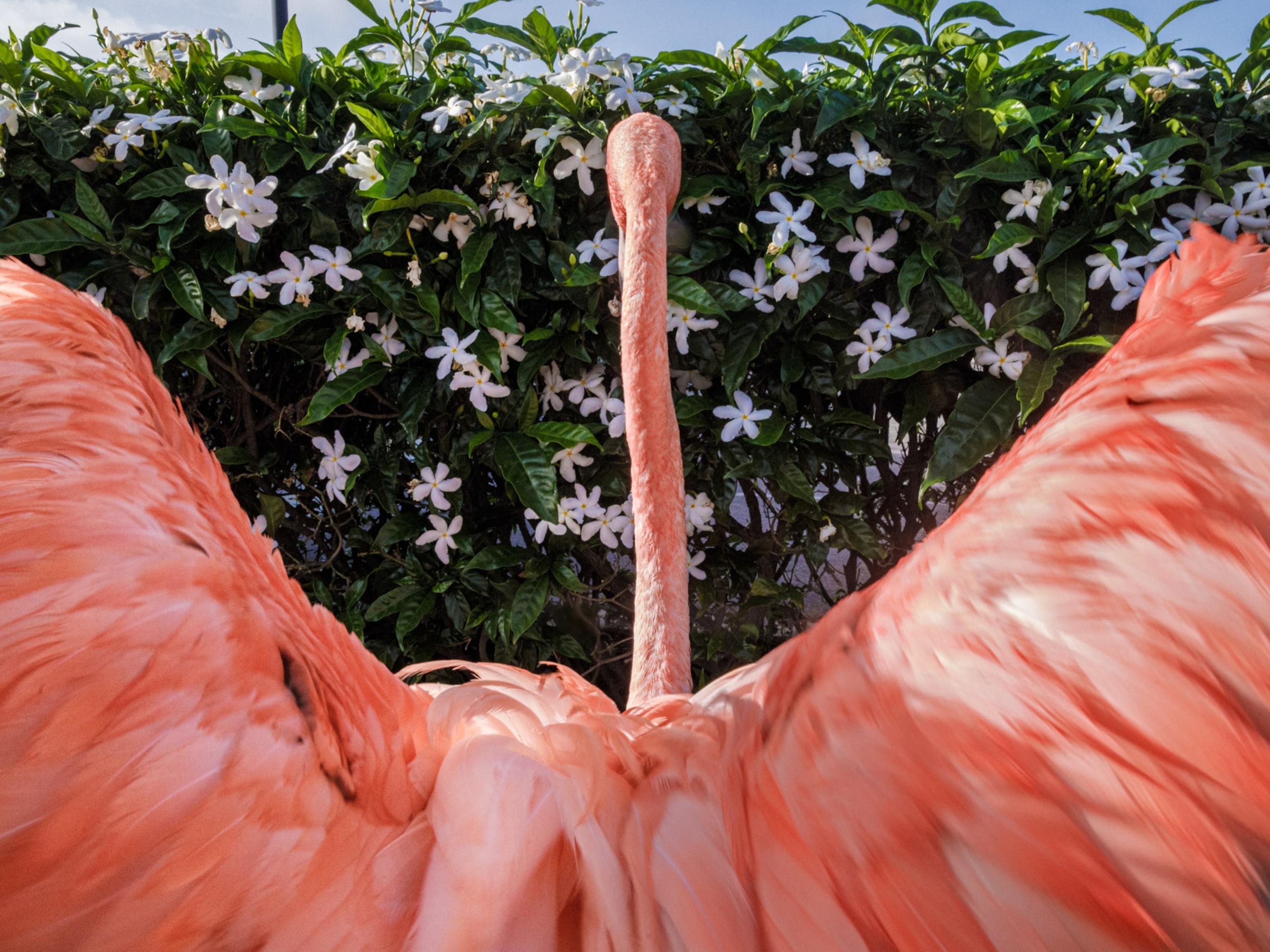These images reveal a world that can’t be seen with the naked eye
From the hairs on a sea buckthorn plant to a rodent’s optic nerve, the winners of Nikon’s Small World photo contest offer a fascinating glimpse into the microscopic.
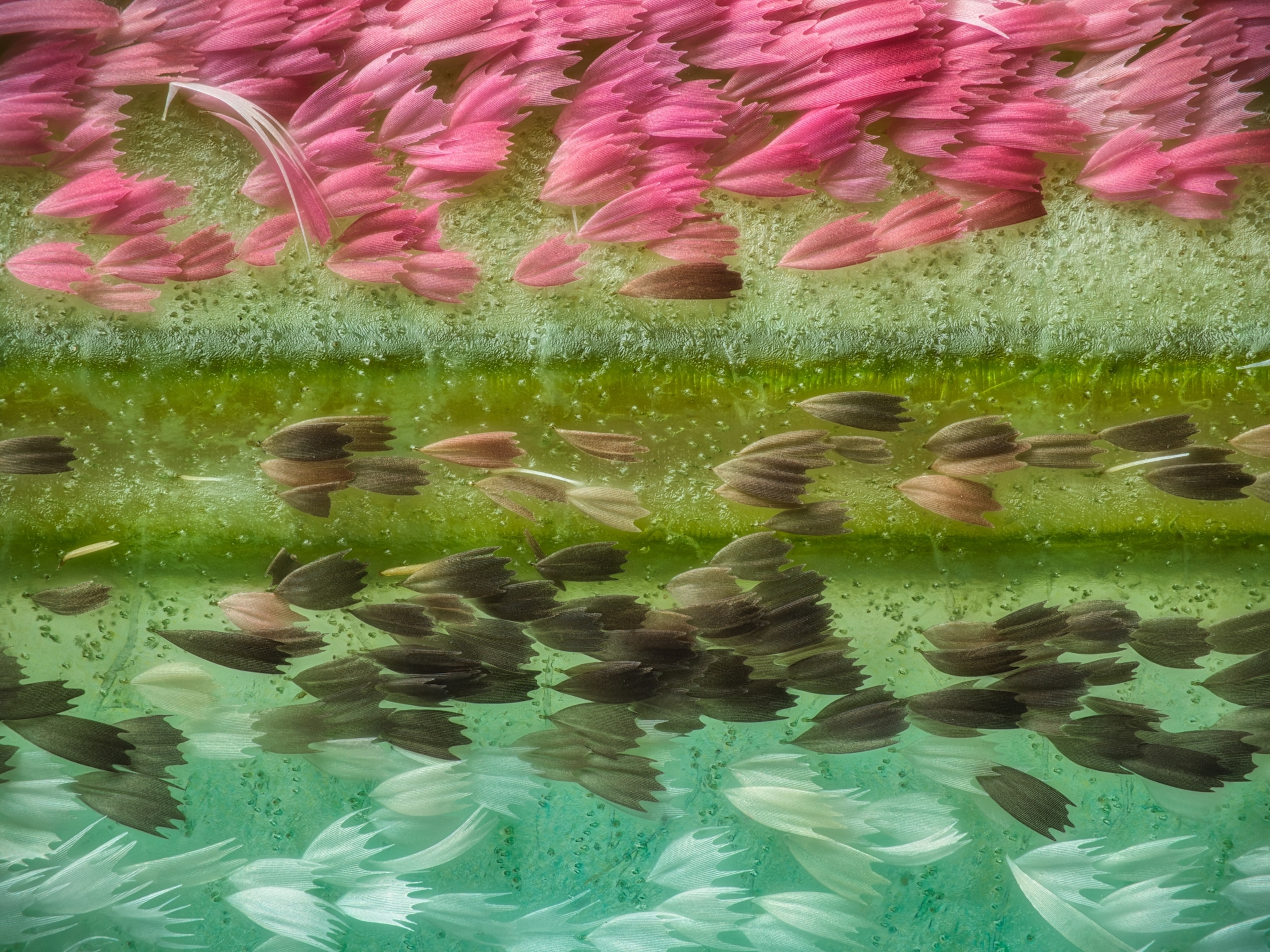
Microscopic photography has the power to reveal the world hidden under a microscope. For 49 years, Nikon’s Small World Photo Microscopy Competition has been showcasing the best photos of our tiny world.
This year’s winning photo was taken by researcher Hassanain Qambari with assistance from Jayden Dickinson from the Lion’s Eye Institute, a vision research center in Perth, Australia. It shows a rodent’s retina centered on the optic nerve, which transmits information between the eye and the brain.
“[The photo] gives you a sense of what structures are at play and how much energy is used from the moment we open our eyes,” says Qambari.
Streaks of red, yellow, and green reveal the molecular inner workings of this critical nerve, an unprecedented look that could help researchers understand how to treat a condition called diabetic retinopathy. In humans, this condition causes vision to blur and then disappear entirely. Early detection of the disease could help stop it in its tracks—and the better doctors can see inside the eye, the better they can understand its complex inner workings, insights that could save someone from blindness.
It’s just one example of the kinds of fascinating new insights that can be discovered by looking at our world up close. Below is a selection of our favorite photos, selected for being exemplifying both art and science.
